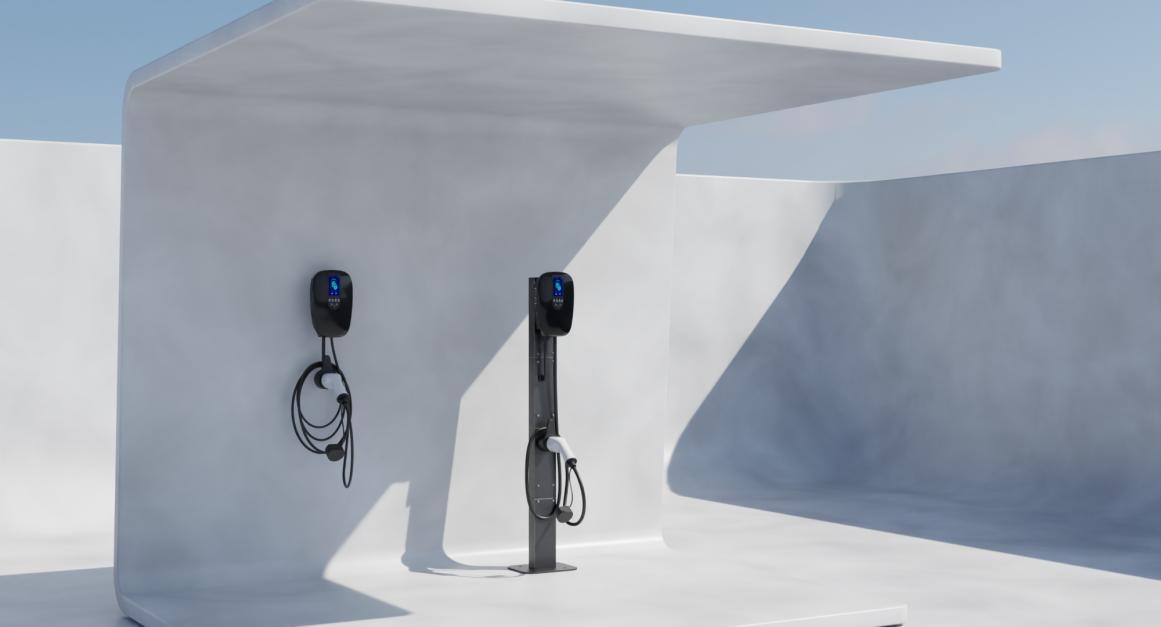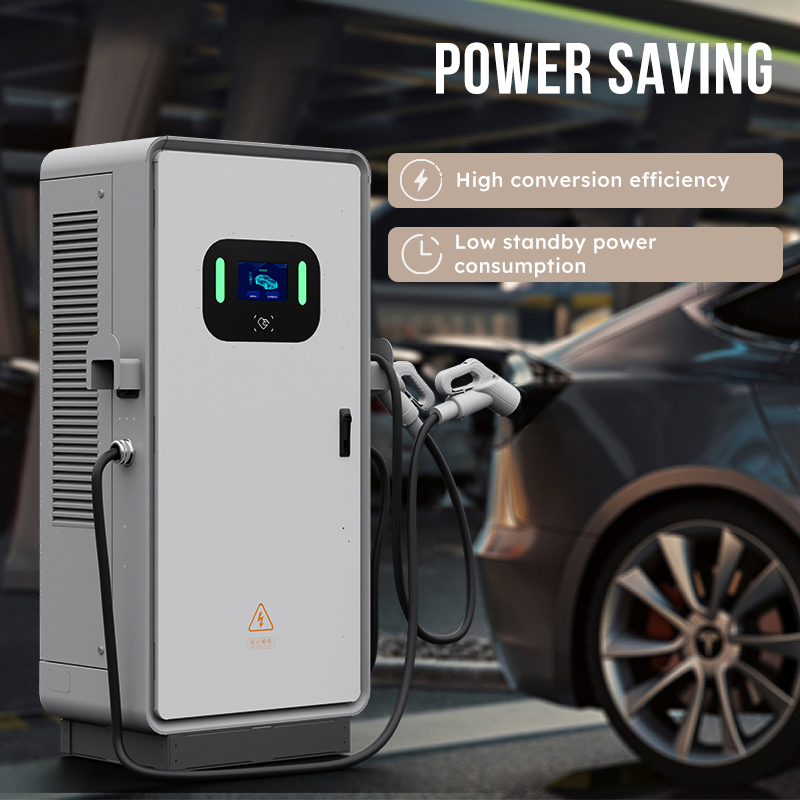As electric vehicles (EVs) gain popularity worldwide, the demand for efficient and versatile charging infrastructure becomes crucial. AC (alternating current) and DC (direct current) charging stations serve distinct purposes based on power needs and usage scenarios. AC charging stations, typically used for residential or low-power commercial settings, provide a slower charging rate but are more cost-effective and easier to install. These chargers generally offer power levels ranging from 3 kW to 22 kW, suitable for overnight charging or extended parking periods.

Conversely, DC fast charging stations cater to high-power requirements, delivering rapid charging capabilities essential for highway rest stops, urban fast-charge locations, and commercial fleets. DC chargers can offer power levels from 50 kW to over 350 kW, drastically reducing charging time compared to AC stations. This rapid charging is vital for reducing downtime for drivers and promoting the adoption of EVs for long-distance travel and commercial use.
The different standards and requirements for AC and DC charging stations are influenced by factors such as installation costs, power availability, and user convenience. AC chargers benefit from lower infrastructure costs and can be integrated into existing electrical systems with minimal upgrades. They are ideal for locations where vehicles remain parked for extended periods, allowing for a more gradual energy transfer.

In contrast, DC fast chargers require more significant investment in infrastructure, including higher-capacity electrical connections and advanced cooling systems to manage the heat generated during high-power charging. Despite the higher costs, DC chargers are critical for ensuring that EVs can be quickly recharged, meeting the demands of drivers with limited time or those undertaking long journeys.
Regulatory standards also play a pivotal role in shaping the deployment of AC and DC charging stations. Governments and industry bodies establish guidelines to ensure safety, interoperability, and performance. For instance, the Combined Charging System (CCS) standard supports both AC and DC charging, providing flexibility and convenience for EV users. Similarly, the CHAdeMO standard focuses on DC fast charging, emphasizing compatibility with a wide range of vehicles.
In conclusion, the diverse requirements for AC and DC charging stations highlight the need for a balanced approach to developing EV infrastructure. While AC chargers offer practical solutions for everyday charging needs, DC fast chargers are indispensable for meeting high-power demands and enabling long-distance travel. As the EV market continues to grow, a comprehensive and adaptable charging network will be essential to support the diverse needs of EV users.
Contact Us:
For personalized consultation and inquiries about our charging solutions, please contact Lesley:
Email: sale03@cngreenscience.com
Phone: 0086 19158819659 (Wechat and Whatsapp)
Sichuan Green Science & Technology Ltd., Co.
www.cngreenscience.com
Post time: May-24-2024




